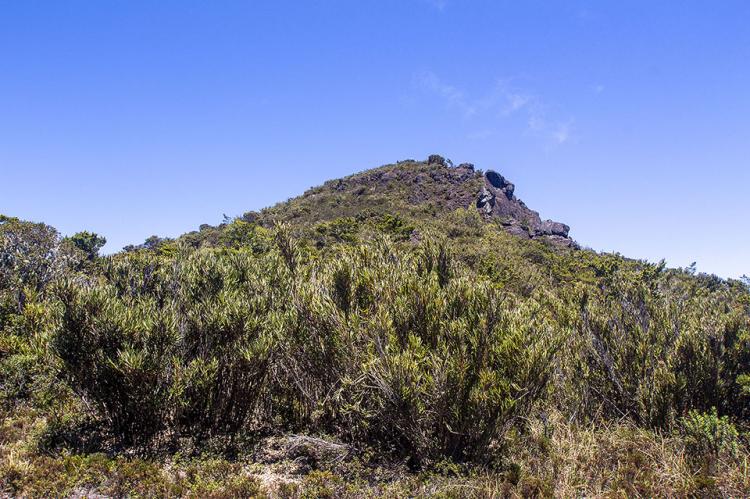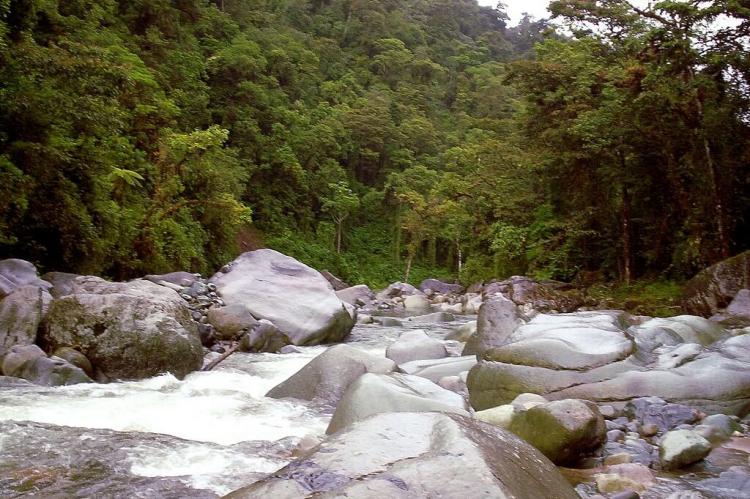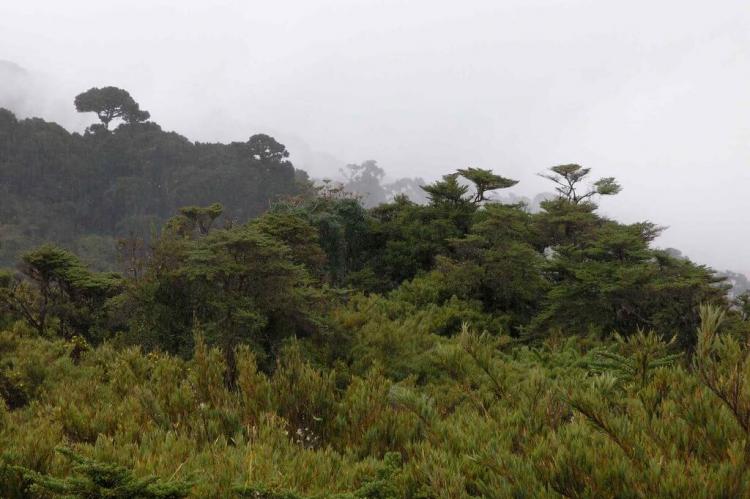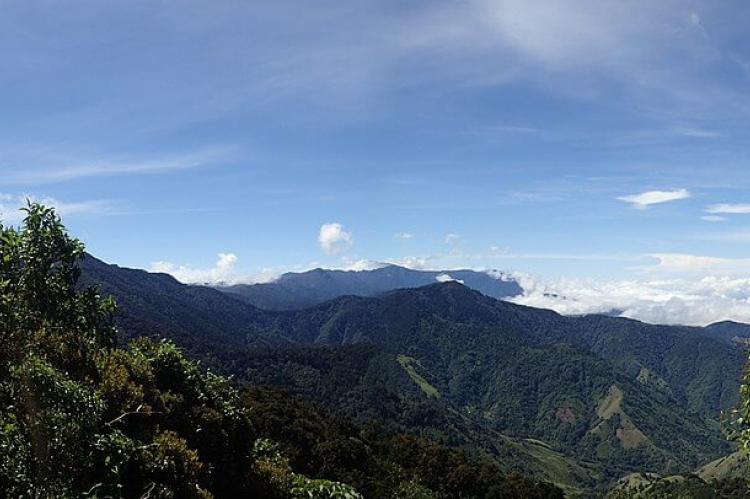Tapantí-Macizo de la Muerte National Park: A Verdant Sanctuary in Central Costa Rica
Tapantí-Macizo de la Muerte National Park protects the lush northern slopes of the Cordillera de Talamanca in central Costa Rica and its diverse ecosystems. Spanning an expansive area, it extends to the western reaches of Panama, showcasing the ecological wealth of the Cordillera de Talamanca.
Tapantí-Macizo de la Muerte National Park
A Verdant Sanctuary in Central Costa Rica
Nestled along the luxuriant northern slopes of the Cordillera de Talamanca in central Costa Rica, Tapantí-Macizo de la Muerte National Park is a testament to the region's rich biodiversity and stunning landscapes. Spanning an expansive 58,495 hectares (144,544 acres), the park extends its embrace into the neighboring western reaches of Panama, showcasing the ecological wealth of the Cordillera de Talamanca.
Cerro de la Muerte
In 2000, the park's boundaries were expanded to include the renowned Cerro de la Muerte, also known as the "Mountain of Death." The highest point along the Pan-American Highway rests within the Carretera Interamericana Sur segment, reaching an elevation of 3,335 meters (10,942 feet). At these lofty heights, the park marks the northernmost extent of páramo, an elevated shrub and tussock-grass habitat typically associated with the Andes of South America. This unique ecosystem shelters a captivating array of rare bird species, adding to the park's allure for scientists and nature enthusiasts.
Ecosystems
Tapantí-Macizo de la Muerte National Park encompasses many ecosystems, including moorlands, peat bogs, swamps, unforested savannas, and jungle forests. Towering oak cloud forests add to the park's ecological diversity, creating a haven for diverse flora and fauna. With an average annual rainfall exceeding 6,500 millimeters (256 inches), the park is one of the wettest regions in Costa Rica, nurturing a thriving network of over 150 rivers. Waterfalls cascade through the wild and mossy terrain, creating a lush habitat for abundant wildlife amidst the rugged landscape.
Orosí River
The Orosí River, a vital watercourse meandering through the park, emerges as a crucial component of the region's hydrology. It significantly contributes to the area's water supply and plays a pivotal role in hydroelectric energy production, underscoring the interconnectedness of natural systems within the park.
Biodiversity
Five distinct life zones within Tapantí National Park encompass very humid premontane forest, premontane pluvial forest, low montane rainforest, montane forest, and subalpine rain moorland. This diverse range of habitats provides a haven for an impressive array of wildlife, including 45 mammal species such as Baird's tapir, kinkajou, white-faced capuchin monkey, paca, agouti, ocelot, and jaguarundi.
The avian population in the park boasts 400 species, featuring sparrow hawks, resplendent quetzals, emerald toucanets, and violaceous trogons. Additionally, Tapantí-Macizo de la Muerte is home to 28 species of reptiles and amphibians, alongside a thriving insect population that includes the thysania agrippina, the largest moth on the American continent. The park's diverse ecosystems create a living collage of nature, inviting exploration and admiration for the intricate interplay of life within this captivating wilderness.





